How square cars of the 80s got streamlined by the 90s
- Transfer
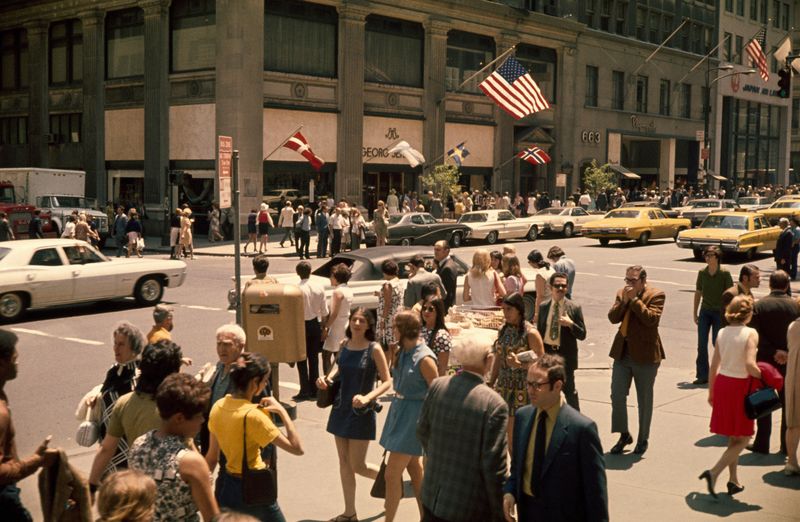
5th Avenue in New York, 1974
In photographs of city streets of the 70s and early 80s, almost everything looks the same as today. Most buildings have clothes (not counting the shoulder pads). But what is very different - all cars look like square boxes, especially compared with the streamlined rounded bodies of almost any modern car.
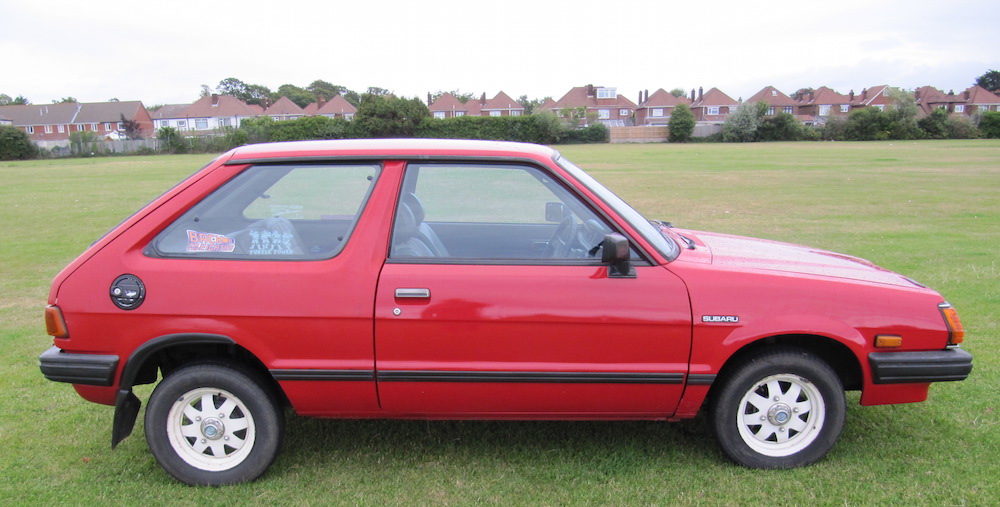
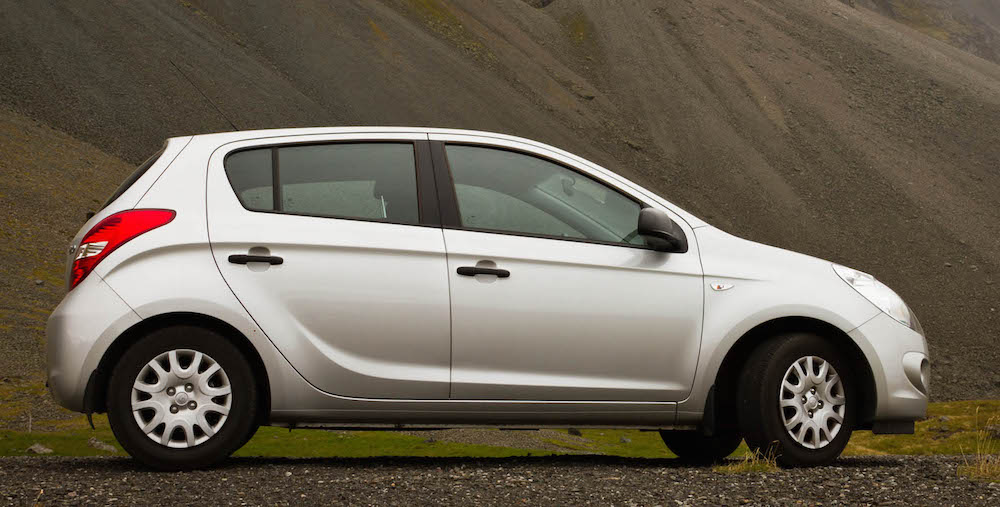
This transformation, which is not so often paid attention to, is one of the most noticeable that has happened with cars over the past 50 years. And in the United States, this happened in a few years, starting in 1986. You can even call the exact year when some models turned streamlined - Buick LeSabre, which in 1991 was much more angular than in 1992.
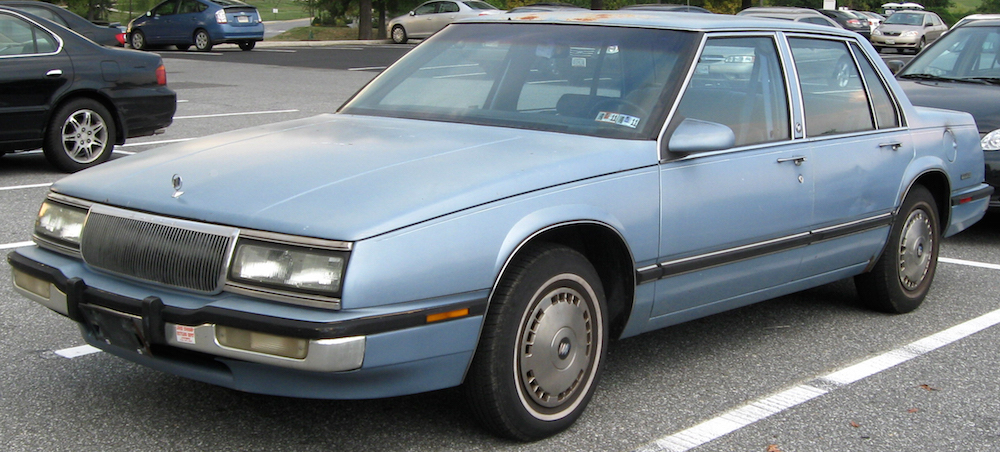
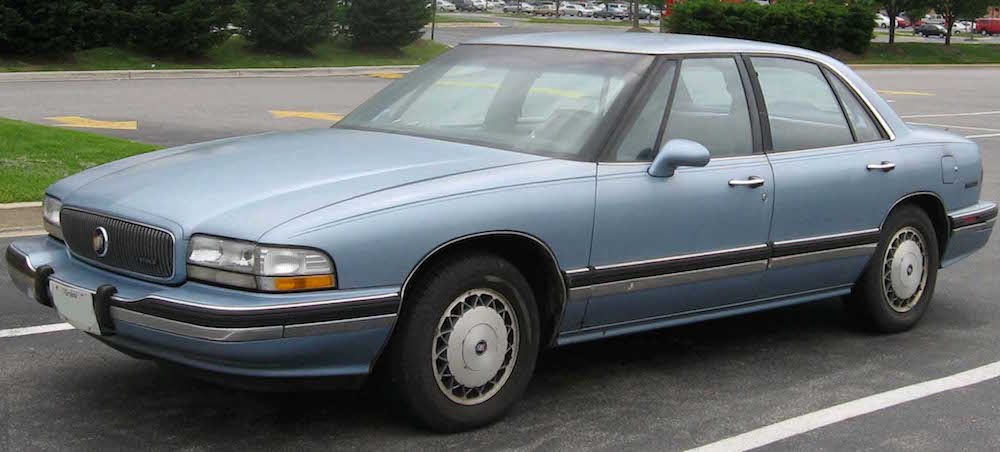
And in subsequent years, cars became more streamlined. But why?
It turns out that there are three interdependent reasons for this: European visual trends, the government's focus on fuel economy, and new technologies that made it easier to design and produce round shapes.
It all started with European luxury designs.
By the 1980s, the idea of making streamlined cars did not sparkle with novelty. It is just the opposite, out of fashion in the United States. Smooth 1930s cars, such as the Chrysler Airflow, had a sleek look, specifically to lower air resistance.
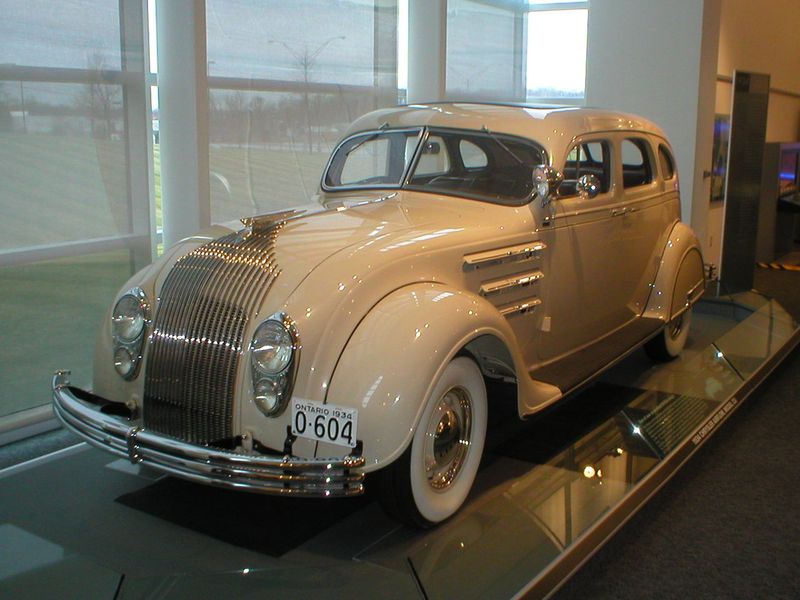
But both Airflow and other smooth cars sold poorly, giving way to more square cars. In the 1970s, almost all car bodies made in the USA had sharp, sharp corners, and few curves. They all looked like three connected boxes - a hood, a cabin and a trunk.

1975 Chevy Caprice
But in Europe, fuel has always been more expensive, and designers, especially in Germany, began to work with aerodynamic forms earlier. This is explained by Penny Sparke, author of A Century of Car Design. In the 1960s and 70s, manufacturers of expensive cars like Porsche, BMW, Audi and Mercedes-Benz were the first to return streamlined bodies to the market.
One of the very first examples was the famous Porsche 911, which was very streamlined back in 1963:
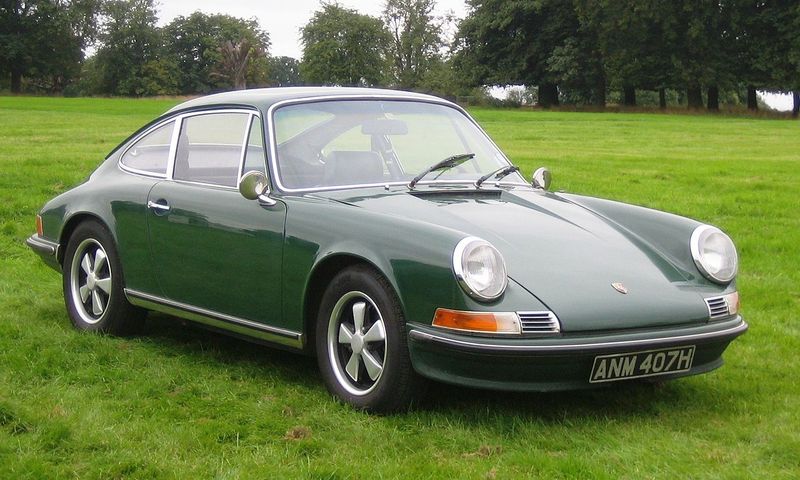
1969 Porsche 911
And such an aesthetic was gradually associated with luxury cars, both in Europe and in the USA, where they were imported. And of course, as historian David Gartman writes in Auto Opium: A Social History of American Automobile Design: “American automakers began copying European aerodynamic design in the mid-1980s. x to attract wealthy buyers. "
More than others, Ford tried to move this design to the mass market. Designer Uwe Bahnsen first did this with the 1982 European Ford Sierra, which became much more streamlined than its contemporaries:
/cdn0.vox-cdn.com/uploads/chorus_asset/file/3778782/1280px-Sierra_3_door_-_an_early_one.jpg)
1983 Ford Sierra
Critics smashed the design to smithereens, called it a "jelly mold", and at first the car sold poorly. But over time, they got used to it - especially when other manufacturers began to copy its appearance for their models.
In the USA, Ford designer Jack Telnack, who worked on the European team before moving to North America in 1980, is responsible for the appearance of rounded shapes in cars. His 1983 Ford Thunderbird was severely curved thanks to wind tunnel testing. And this appearance soon switched to more massive models along with the 1986 Taurus.
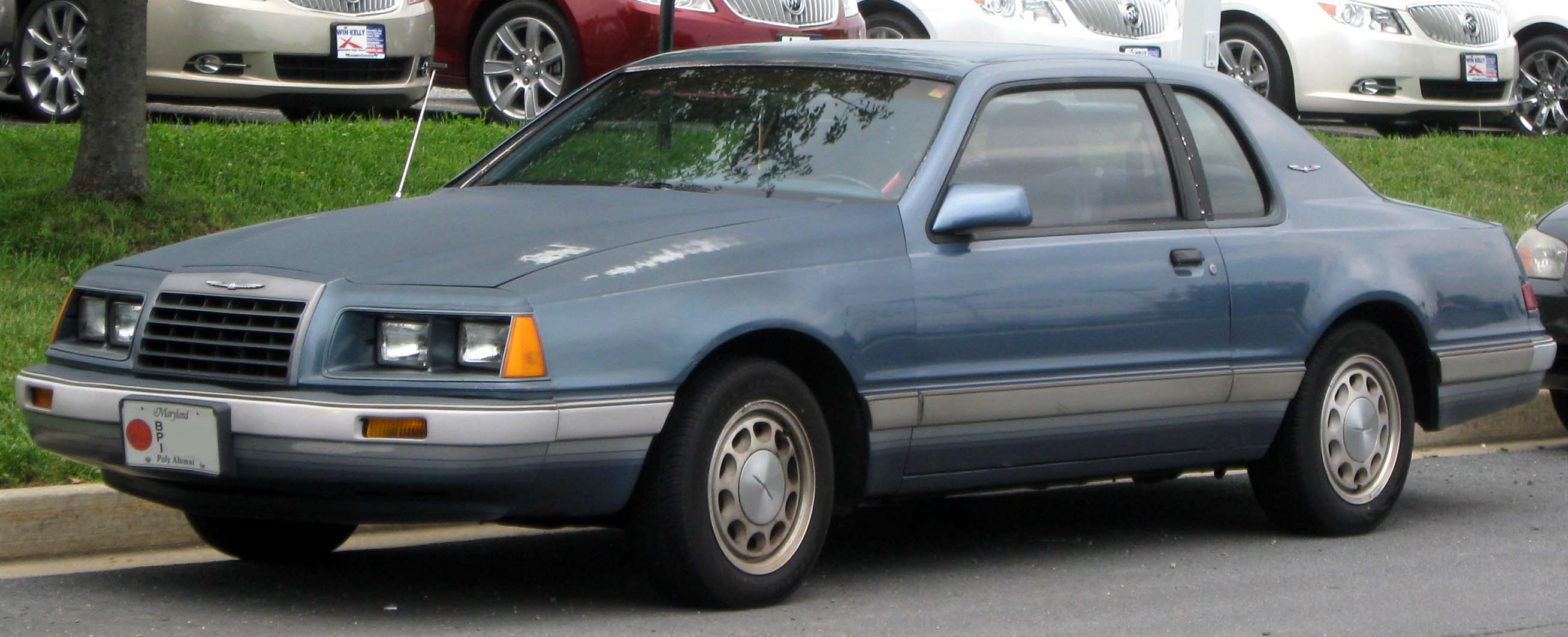
1983 Ford Thunderbird
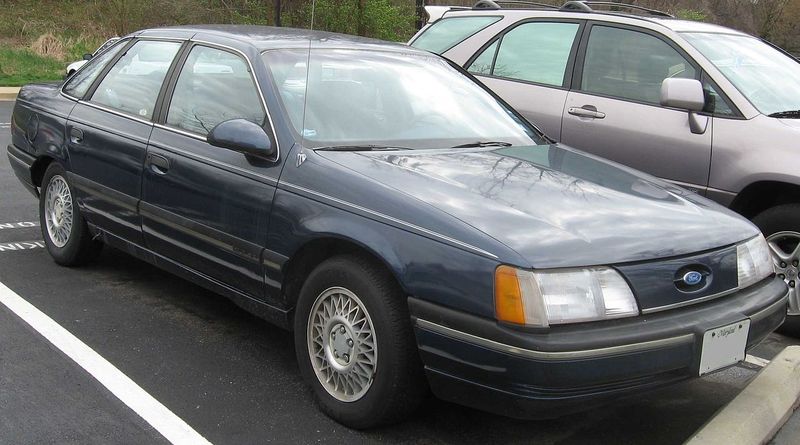
1986 Ford Taurus
Now it does not look noticeable, but at that time it seemed futuristic. The car even starred in the movie "Robocop", whose story developed in the near future. According to Hartmann, “Taurus was uniquely targeted at a segment of young, well-educated shoppers, to which BMW appealed.”
The strategy worked, Taurus was a big hit with gigantic sales, and saved the floundering company. And also inspired others to copy the design.
Improved fuel economy

Aerodynamic testing 2011 Chevy Cruze with smoke
Partially streamlined design quickly replaced the previous one, and remains with us until now, for purely physical reasons. A streamlined body and a tilted windshield are less resistant to wind, since it is easier to flow around them. This means that less gasoline is burned when traveling the same distance at the same speed.
Along with the premiere of Taurus, automakers first encountered standards for fuel economy. Since 1978, fuel economy for cars sold in the United States was to increase steadily, and finally reached a level of 27.5 mpg in 1990 [8.6 liters per 100 km].
Automakers have already achieved some savings by improving the performance of engines and other components, but the streamlined design made it easier and cheaper to further improve. “One Ford designer claimed that if an increase in mileage by 1/10 of a mile per gallon of fuel by changing the contents of the engine compartment would cost $ 200- $ 300 million, then a simple aerodynamic improvement would increase mileage by 3/10 - 4/10 miles per a gallon is almost nothing, ”writes Hartman.
Automakers were busy with wind tunnels and aerodynamic calculations, and engineers began to work more closely with designers. And in a few years, almost all cars began to look like the Taurus, which once seemed futuristic. “They all look the same because they all went through the wind tunnel and they are all designed to save fuel,” writes Larry Edsall, author of several books on the history of car design.
Technology made curves easy
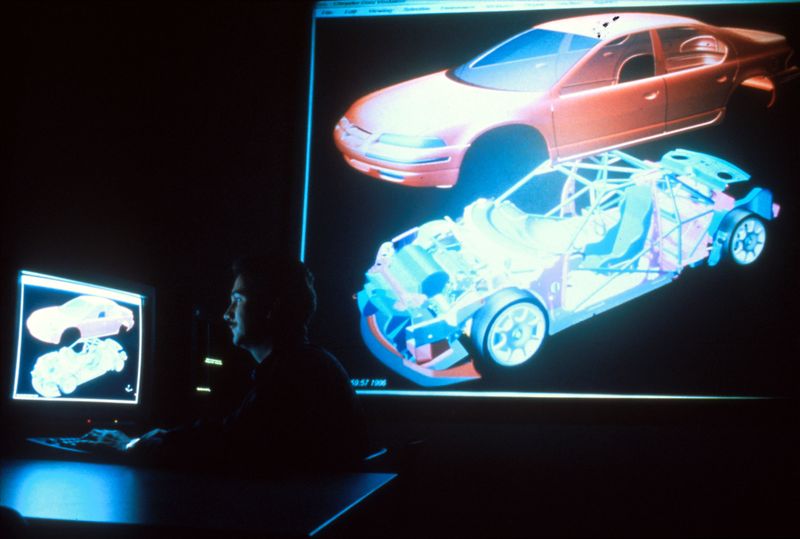
A designer from Chrysler uses the latest computer software in the early 1990s.
This design was made possible by several key technological breakthroughs. For decades, designers have created cars using plasticine, wood and other materials. In the 1980s, they began to use computer models.
“It's much easier to make such forms on a computer than from wood,” Spark says. “It gave car manufacturers the ability to create such smooth curves.” Manufacturing technology also made it easier and cheaper to make streamlined shapes from aluminum.
As a result, after the shift in the 1990s, bodies are becoming more streamlined. These changes can be well tracked by looking at the modern car, which now looks very square: Scion xB.
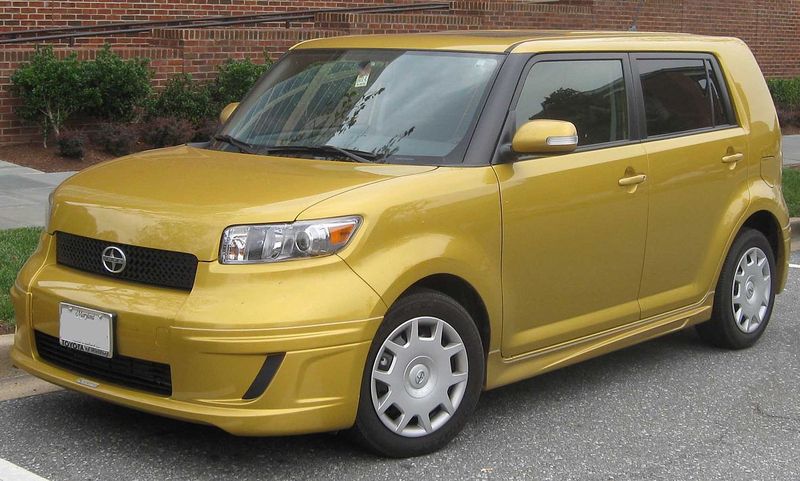
2008 Scion xB
Yes, he has a large and square body. But the ribs are still more rounded than the truly square bodies of the 80s - even more so than a futuristic breakthrough like the 1986 Ford Taurus
